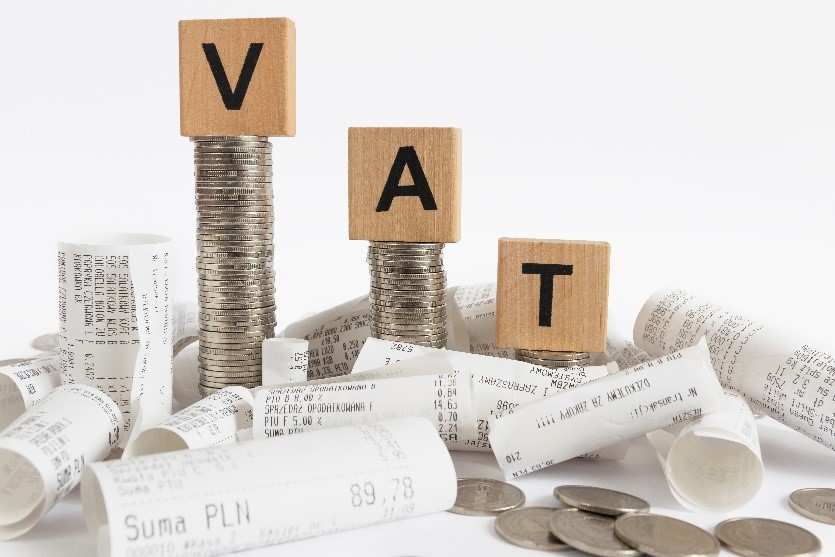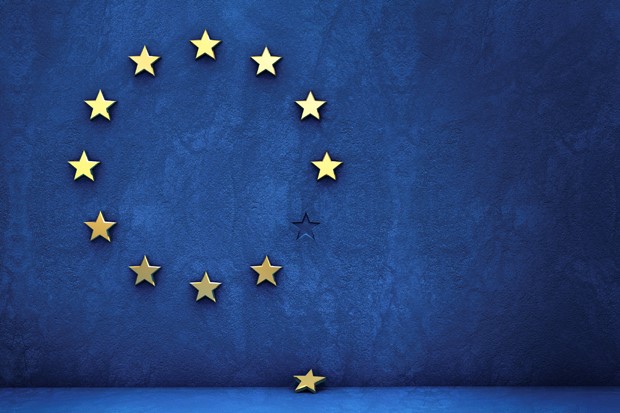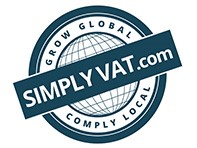
Article by: Romilly Blakeley, SimplyVAT.com - IOE&IT Business Member
In 2017 a quarter of Amazon’s revenue generated by sellers was from cross-border sales. The e-commerce giant has seen their cross-border sales grow by approximately 50 % year or year. This is thought to be due to the boom of cross-border sales across the globe.
By 2021 e-commerce trade across international borders is set to be worth over $1.18 trillion dollars.
With many businesses looking to tap into this market, authorities such as HMRC, have been clamping down on non-compliant e-commerce sellers. Countries such as Germany and Australia have recently made marketplaces jointly liable for non-compliance. VAT is becoming a big issue for e-retailers across the globe.
For e-tailers now is the time to push sales across the border and diversify business with more people connected globally than before.
How can VAT impact your business and what do you need to consider as a business trading goods globally?
Distance Selling Rules – Explained!
The Distance selling rules were implemented to ease the burden of VAT on companies and to encourage more cross-border trade in Europe.
Distance selling occurs once you are registered for VAT in one EU country and you supply and deliver goods to a private customer in another EU country who is not registered for VAT.
- EU based e-commerce sellers can sell to private consumers in other EU member states under their local VAT number and VAT rate until they hit the annual sales threshold of the respective member state.
- Once you cross the thresholds of another European member state within a calendar year, you will then need to register as a non-resident for VAT in that country and apply the local rate of VAT.
- Once registered you will need to file VAT returns according to the frequency of that specific country.
For example, if you are registered for VAT in Germany and selling into the UK, The Threshold for the UK is £70,000. You will account for the VAT in Germany until your annual sales hit this Threshold. Once over the £70,000 in annual sales, you will need to also register for VAT in the UK.
It can get more complex when you sell to multiple EU member states, as you will need to monitor each of the thresholds and VAT register in each country you surpass the sales threshold. To view each EU member state’s threshold, view the full list here.
There are different rules depending on whether you’re supplying goods to consumers B2C or business B2B.
Business to customer (B2C) supplies are defined as:
- private individual
- charity, government department or another body which has no business activities
- ‘person’ (natural or legal) who receives a supply of services wholly for a private purpose
Business to Business (B2B)
If your customer is VAT registered in Europe there is no obligation as the supplier to VAT register so long as your business is registered in Europe.
Are you making the most of the distance selling rules?
The distance selling thresholds are a great way to expand your business across the EU whilst keeping the cost and complexity of compliance minimal.
Utilise the Distance selling rules to test where your customer base is and make informed decisions on growth and stock placement within the EU before hitting the thresholds.

Checklist – understanding who pays the VAT is vital for compliance
If you’re a non-EU based business, it is key to understand who the importer of record is. As the responsibility for taxes lies with ‘The Importer of Record’.
Firstly, establish who the exporter is - i.e. the business responsible for shipping the goods from a non-EU to EU country and who the consignee is - i.e. the party who is becoming the owner of the goods, once they have been cleared.
The party paying the import duties – is generally the consignee, the customer whom you are delivering the goods to.
If you are importing goods in order to store them – then you are both the importer and the exporter and thus the consignee.
• As the consignee, you must have an EORI number to be recorded as the importer.
• If you are making taxable transactions then you will also need to be VAT registered at this stage.
When you import goods into a country with VAT, import VAT is usually charged at 20% of the landed value. You can then recover the import VAT on your VAT return.
# Check 2 - Where are you holding stock?
You need to consider whether you are liable to register and file for VAT dependant on where you are holding or storing goods. If you are a non-resident of a country, holding your stock triggers an automatic obligation to VAT register as your stock becomes a taxable supply.
# Check 3 – Where is your business registered?
If your business is registered in Europe and you are selling B2C then the distance selling rules will apply.
# Check 4 – Ensure you are capturing accurate sales information including where your clients are located. The Thresholds are calculated across all your annual sales including multiple marketplaces such as Amazon and Shopify.
It might sound obvious – but ensure you are adding the correct rate of VAT onto your goods
- Ensure you add the correct VAT country rate to your goods otherwise, you could be losing money from your margins.
- Each country has its own VAT rate even in the European Union
- There are also multiple rates which apply to different goods and services.
With goods crossing borders, you will need to be aware of the distance selling rules which will affect when you need to amend the rate of VAT in your sales price.
Can the flat rate scheme help you?
If your annual sales turnover into the UK is under £150,000 you may be eligible for the Flat Rate Scheme which allows you to pay a lower rate of VAT. The catch is you are not allowed to reclaim import VAT. You’ll charge your customers 20% as normal, and your business will keep the difference between the VAT paid to the tax authorities and the 20%. This amount is meant to offset the reclaim of import VAT.
You can calculate which rate you’d be on here.
What is the potential impact of Brexit on VAT on Cross-Border Trade?

In a whitepaper released by the British Government in July 2018 on The Future relationship between the UK and the EU, the government has cited on cross-border-trade the following on Brexit:
- ‘Upon its withdrawal from the EU, the UK will leave the Customs Union. The UK has been clear that it is seeking a new customs arrangement that provides the most frictionless trade possible in goods between the UK and the EU.'
- Whilst ‘Allowing the EU to protect the integrity of its Single Market and Customs Union.
The UK is proposing that ‘They would recognise that goods coming into the UK would have faced the same treatment at the border as goods coming into EU member states’.
Are you looking to become an expert in cross-border e-commerce or continue your professional development?
Check out our bite-sized VAT essentials modules, created with the Institute of Export & International Trade – these go towards your continuing professional development points and are the perfect way to further your understanding of international VAT. Find out more here
 |
In the meantime – do you have any questions?
Drop us an email at heretohelp@simplyvat.com or check out http://www.simplyvat.com for more guidance on VAT in Europe. |

